In many people snakes cause panic horror, in some cases, incidentally, quite justified – the bite of many of them can send an adult very quickly. But still in the world enough lovers of these reptiles, who keep them as pets. Today we will tell you interesting facts about snakes.
Interesting facts about snakes
- Snakes are found in every corner of the globe except Antarctica. Also, there are no reptiles of this group in Ireland, Iceland, and New Zealand.
- There are about three times fewer poisonous snakes in the world than non-poisonous snakes.
- Poisonous snakes use poison primarily as a way to kill the victim while hunting, not to defend themselves.
- The longest snake inhabiting the Earth is Reticulated python, which can be up to 10 meters long.
- The largest and most massive snake on the planet is anaconda or water boa. There is a lot of evidence of anacondas over 6 meters long, but none of them has been scientifically confirmed. But the record weight of anacondas is well known – adult snakes weigh from 30 to 70 kg. Among scaly anacondas, it is second only to the Komodo varan in weight; among snakes, it has no equal.
- The shortest snakes on Earth live on the island of Barbados – adult snakes grow to a maximum of 10 centimeters. On average, the size of terrestrial snakes rarely exceeds 1 meter.
- All snakes molt periodically throughout their lives.
- Snakes have no legs, shoulders, chest, eardrum, lymph nodes, bladder, and eyelids that would close and open.
- Snake eyelids are transparent scales, which are always closed to protect eyes from dirt. The eyes of snakes are never closed and they sleep with their eyes open unless they are covered by the rings of the snake’s body.
- The upper and lower jaws of snakes are not connected so that snakes could vary widely open their mouth and swallow their prey, whose width sometimes exceeds the size of the snake’s body.
- Thanks to its ability to periodically change the old skin on a new snake became a symbol of medicine and get rid of the disease.
- Viper teeth, thanks to a special structure of jaws can rotate by 90 degrees.
- Poisonous teeth of some snakes, such as the Gabonese Viper, can grow to 4.5 cm.
- In the snake body, there are 200 to 450 vertebrae (33 to 34 in comparison).
- The internal organs of the snake are elongated and there is no symmetry in their arrangement with other species. Also, paired organs usually lose their pairs – for example, most snakes have only the right lung.
- Snakes look for prey and orientate themselves in the space by the smell, which is captured with the tongue – tongue constantly collects particles from soil, air, and water, which then snake analyzes in its mouth.
- Some snakes have excellent eyesight, others can only distinguish light from the darkness. Snake vision is not used to see the surroundings, but to determine the movement of objects of interest to the snake.
- Thanks to a special organ, snakes “see” heat, which allows them to quickly get on the trail of warm blood. Snakes also recognize infrared radiation thanks to the heat that comes from it.
- Snakes can feel other animals approaching them, capturing the vibrations of the ground with the whole body surface.
- All snakes are known to science (and on the planet, there are 3631 species) – predators.
Did you like interesting facts about snakes? Share it with your friends.
See also Interesting facts about rattlesnakes
Fun Facts About Snakes and Anacondas
Did you know that snakes are one of the most fascinating creatures in the world? They are elongated, limbless, and carnivorous animals. They are amniote vertebrates, a type of reptile that is classified under the suborder Serpentes. Their body is covered with overlapping scales, which make them easy to spot. If you want to learn more about these animals, here are some fun facts about them.
Snakes are cold-blooded creatures that can survive in extreme temperatures. They are able to survive by molting, a process known as ecdysis. It is important to know that snakes molt to replace worn-out skin and get rid of parasites. Before molting, snakes stop eating and move to a safe place to avoid predators. The entire outer layer of their skin is shed and cast skin is peeled backward from the head to the tail.
Most pit vipers reproduce asexually by means of Parthenogenesis, which allows eggs to develop without fertilization. Other insects, including bees and wasps, practice the same process. A recent case of a man biting a cobra resulted in no lasting effects. The cobra died after being bitten, so the man may have been mistaken. An interesting fact about snakes is that they are a species of lizard, so their appearance does not make them deadly.
Snakes have a very sharp sense of smell and taste. They use their split tongue to detect smells, and the king cobra’s blood is believed to be the most intelligent of all snakes. As a member of the Serpentes suborder, snakes live in every continent except Antarctica. Their coloration and lifestyle vary widely, and they are a vital part of the ecosystems in which they live.
Snakes have an acute sense of smell and taste. They use a split tongue to detect scents. In addition, snakes do not have a nose. Instead, they use their tongue to taste and smell. The king cobra is thought to be the smartest of all snake species. They measure between four and ten centimeters in length. Besides being nonvenomous, snakes can be dangerous.
Snakes have an excellent sense of smell and taste. They use their split tongue to detect odors and taste. They are also extremely fascinated by scents. They can gobble up even bigger creatures than their own skulls! Some snakes are known to be cold-blooded. They have a very keen sense of smell, and it is important to keep these creatures away from snakes. So, you can see what makes them so interesting.
The king cobra is the world’s longest snake, and the black mammal is the world’s shortest. The anaconda is the fastest snake known, and it can hold its breath for up to 10 minutes underwater. The aforementioned species is a common threat in Australia. There are many more fun facts about snakes to learn about. However, you may feel hesitant to touch them if you are not sure of their safety.
Snakes are fascinating creatures. Their unique colors, shapes, and behaviors make them an excellent choice for pets. In addition, snakes are known to be aggressive and have very large bodies. They are unable to see humans and must rely on their lateral movements. In addition, they can be extremely dangerous. While there are many reasons to be fascinated with these amazing creatures, there are also many fun facts about snakes that will make you want to take note of them.
The snake has no eyes. Their transparent scales cover their eyes. Hence, they do not have eyelids. As a result, they cannot hear airborne sounds. However, they ‘hear’ by picking up vibrations through their jawbones. The mamba is the fastest snake in the world and is considered the fastest in the world. Despite their fast speeds, snakes are not very cautious.
Snakes can be very dangerous. Unlike humans, they have very poor eyesight. Their only means of sight are their tongues. Since they can’t hear, snakes rely on their tongues to locate their prey. They can sense the presence of predators by using their forked tongues to pick up pheromones in their environment. While this can be quite threatening, snakes are fascinating and often harmless.
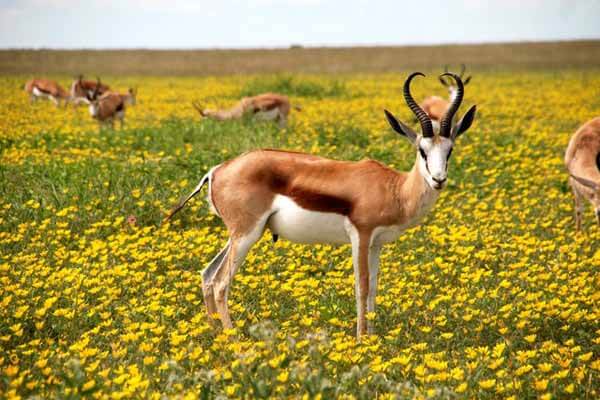


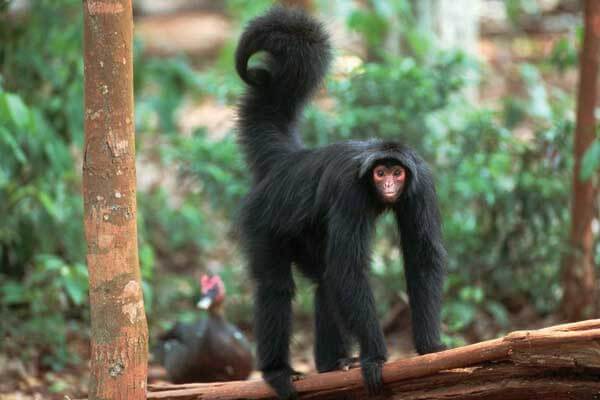
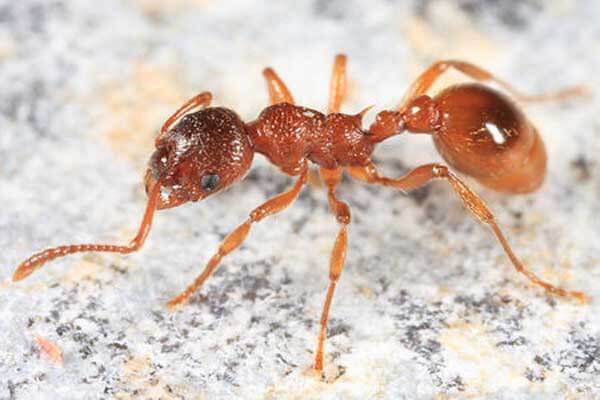
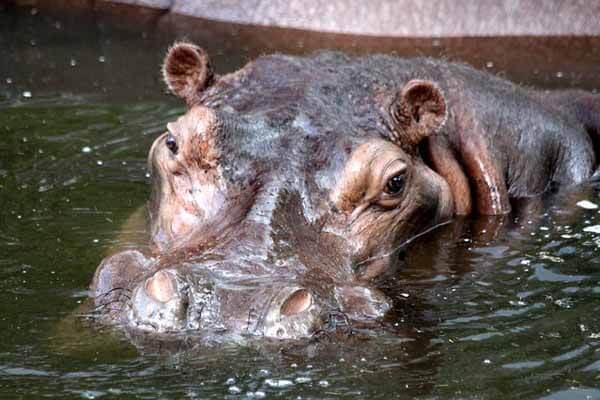
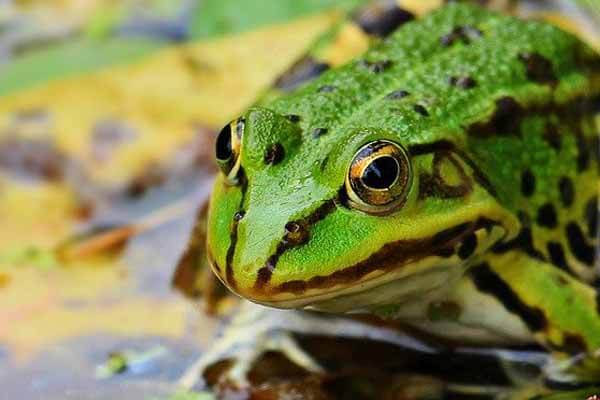


Thank you for the article! Such interesting and amazing snake facts!